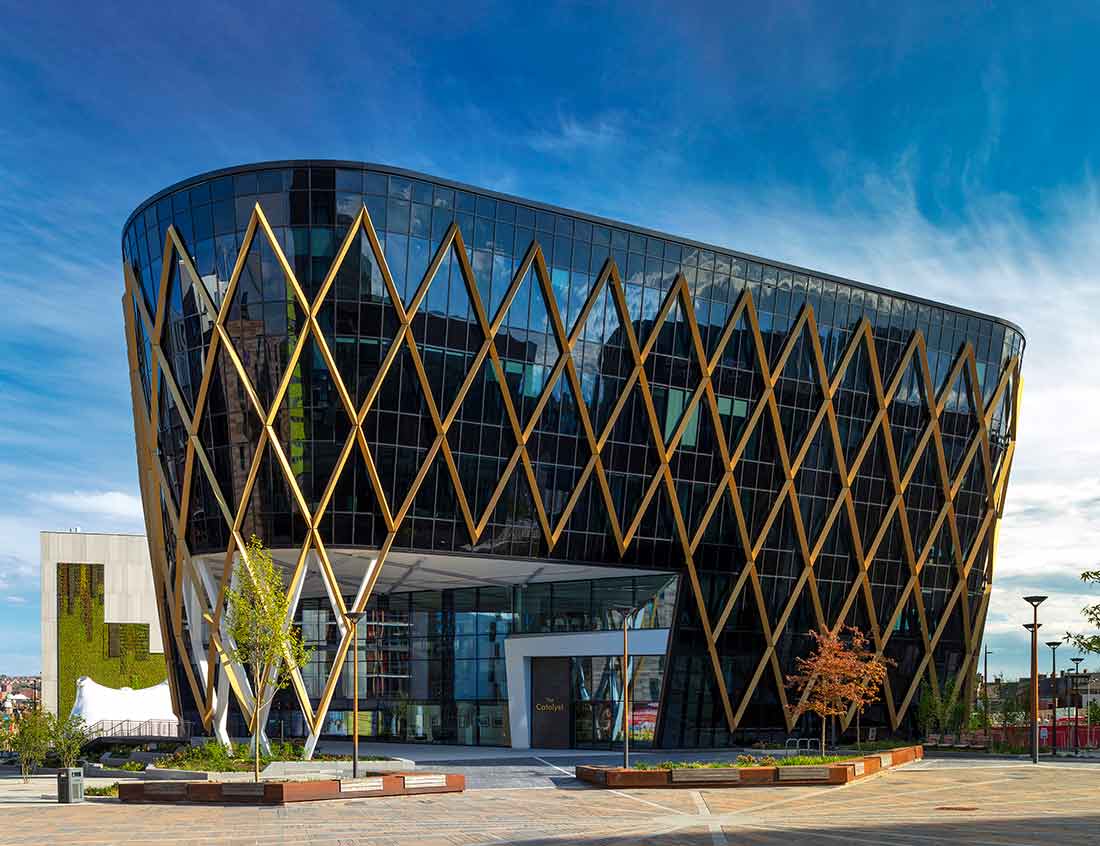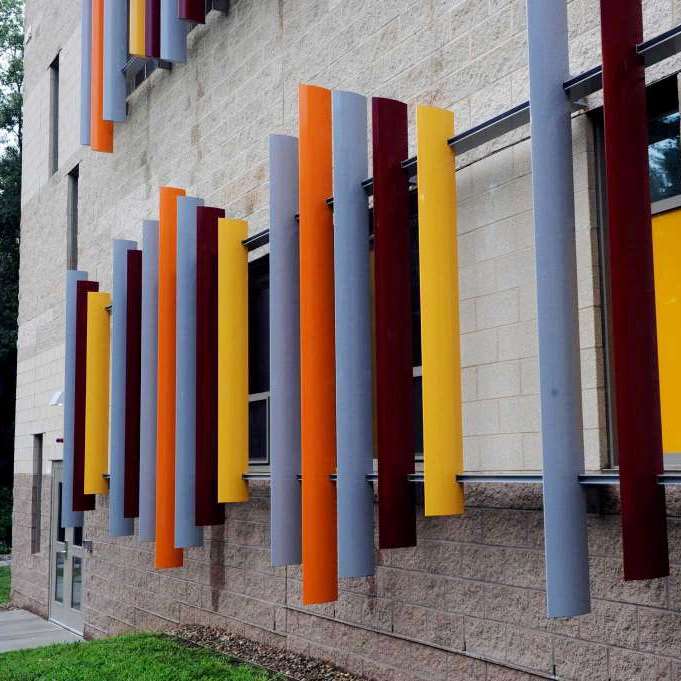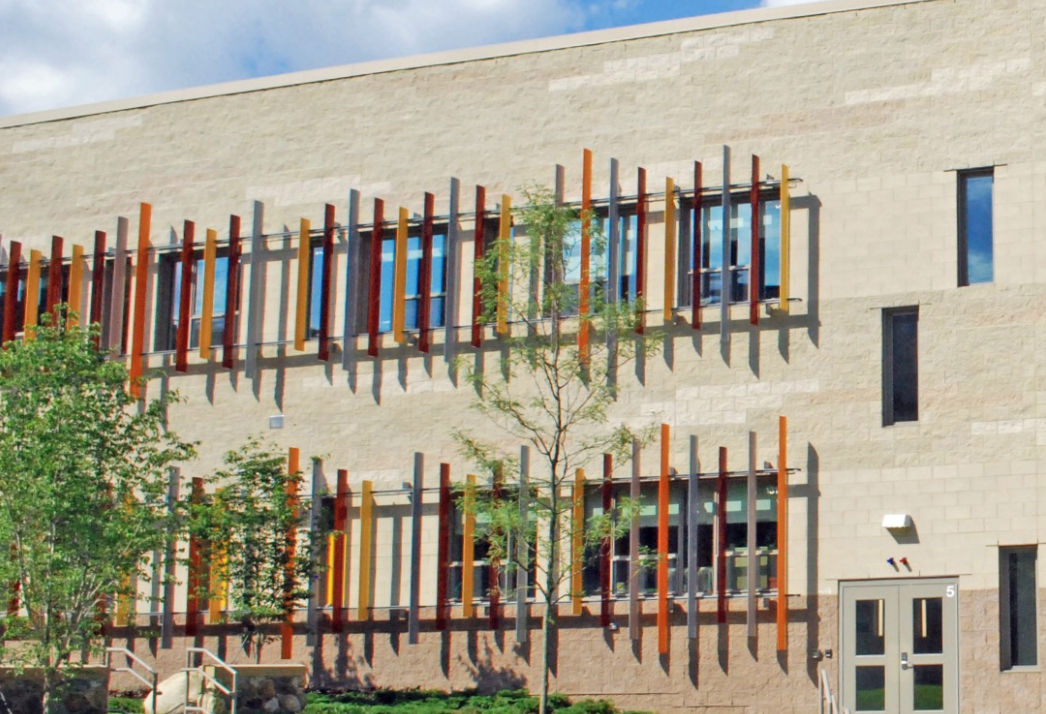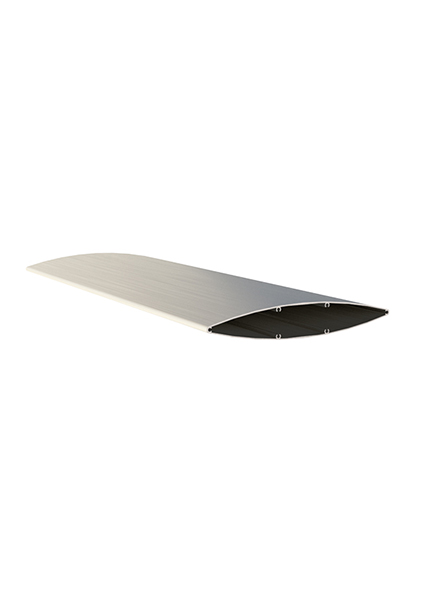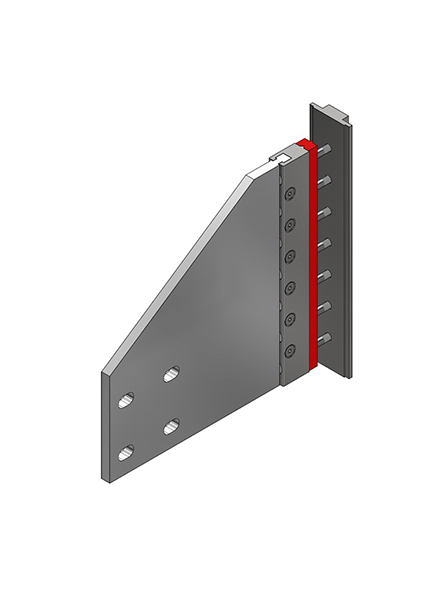
Triniti™ Brackets
Overview
Our Triniti™ System features a patented design with hidden fastenings, crafted from highly corrosion-resistant Grade 316 stainless steel for exceptional durability. Seamlessly integrated with curtain wall systems using the Levolux Triniti™ bracket, this system provides superior thermal and acoustic insulation. Additionally, it minimizes the risk of interstitial condensation, ensuring long-lasting performance and enhanced building comfort.
Standard
The Standard Triniti™ System offers a sleek, minimalist design that integrates effortlessly with architectural façades, providing both aesthetic appeal and functional benefits like thermal and acoustic insulation through its patented hidden fastening system.
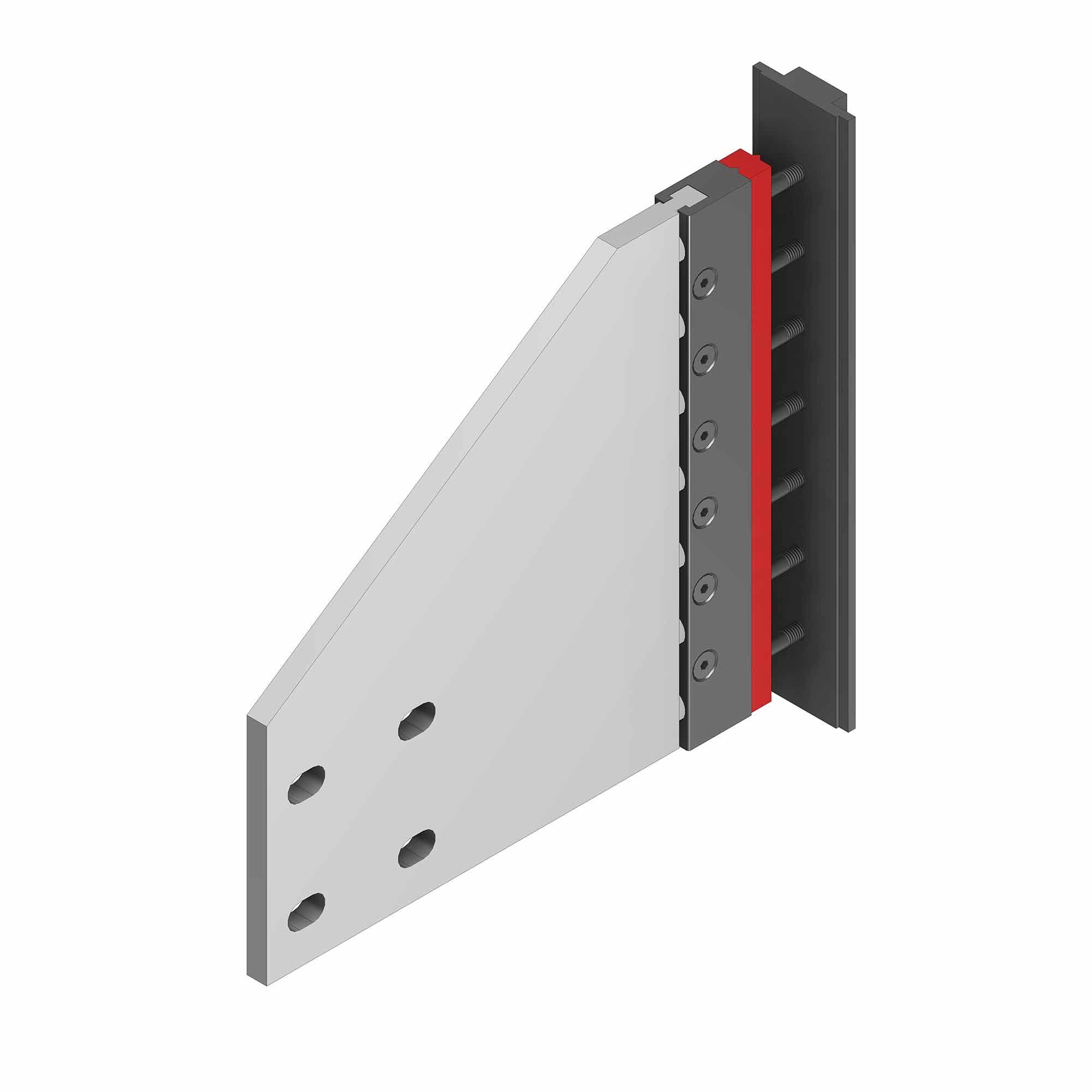
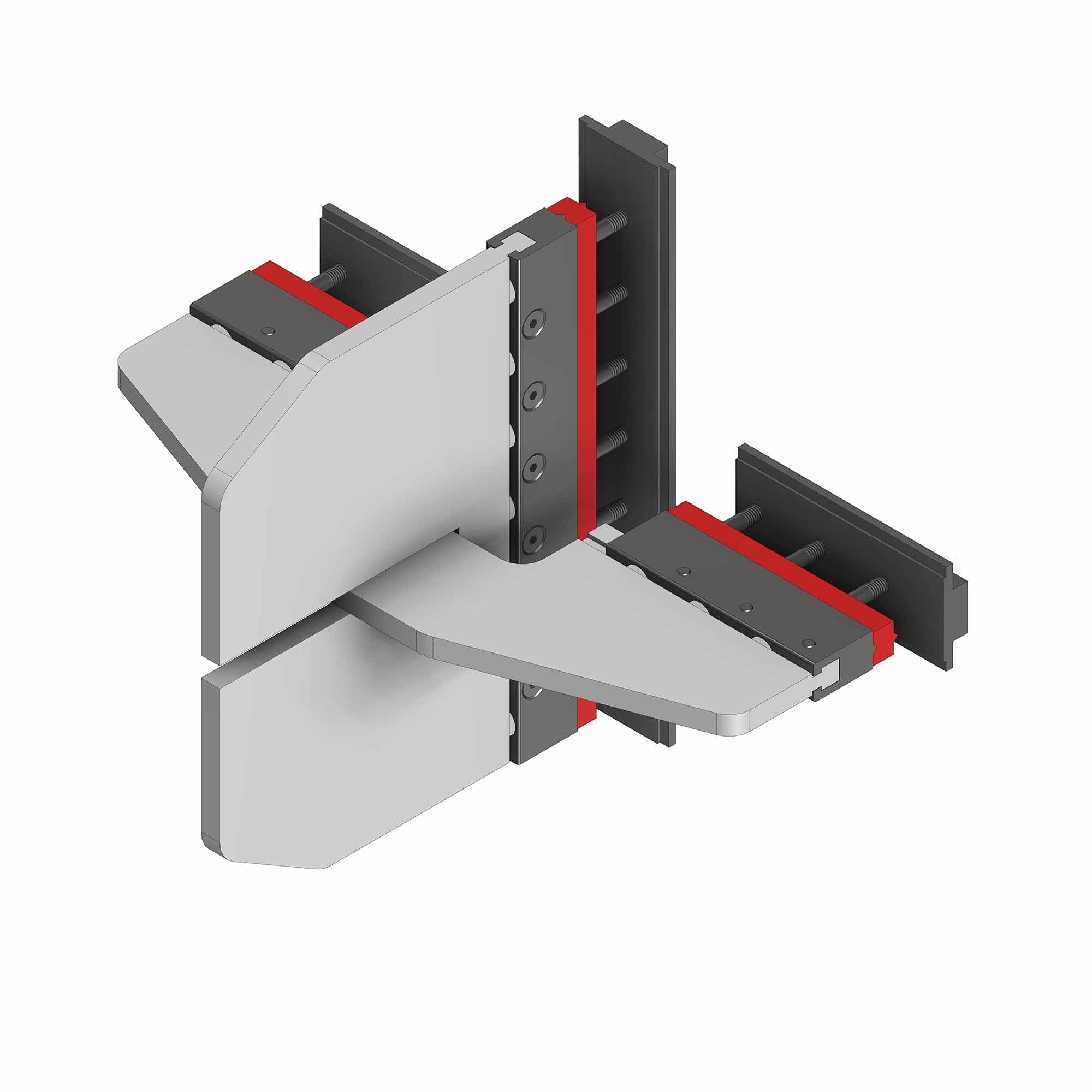
Cruciform
The Cruciform option features a unique cross-shaped design that enhances structural support while maintaining the clean, concealed fastening aesthetics. This is ideal for façade projects requiring both strength and design flexibility.
Swan Neck
The Swan Neck variant offers a distinctive curved profile, designed to accommodate more complex architectural features. It preserves the high-performance thermal and acoustic benefits of the Triniti™ System while adding a dynamic element to the building’s façade.
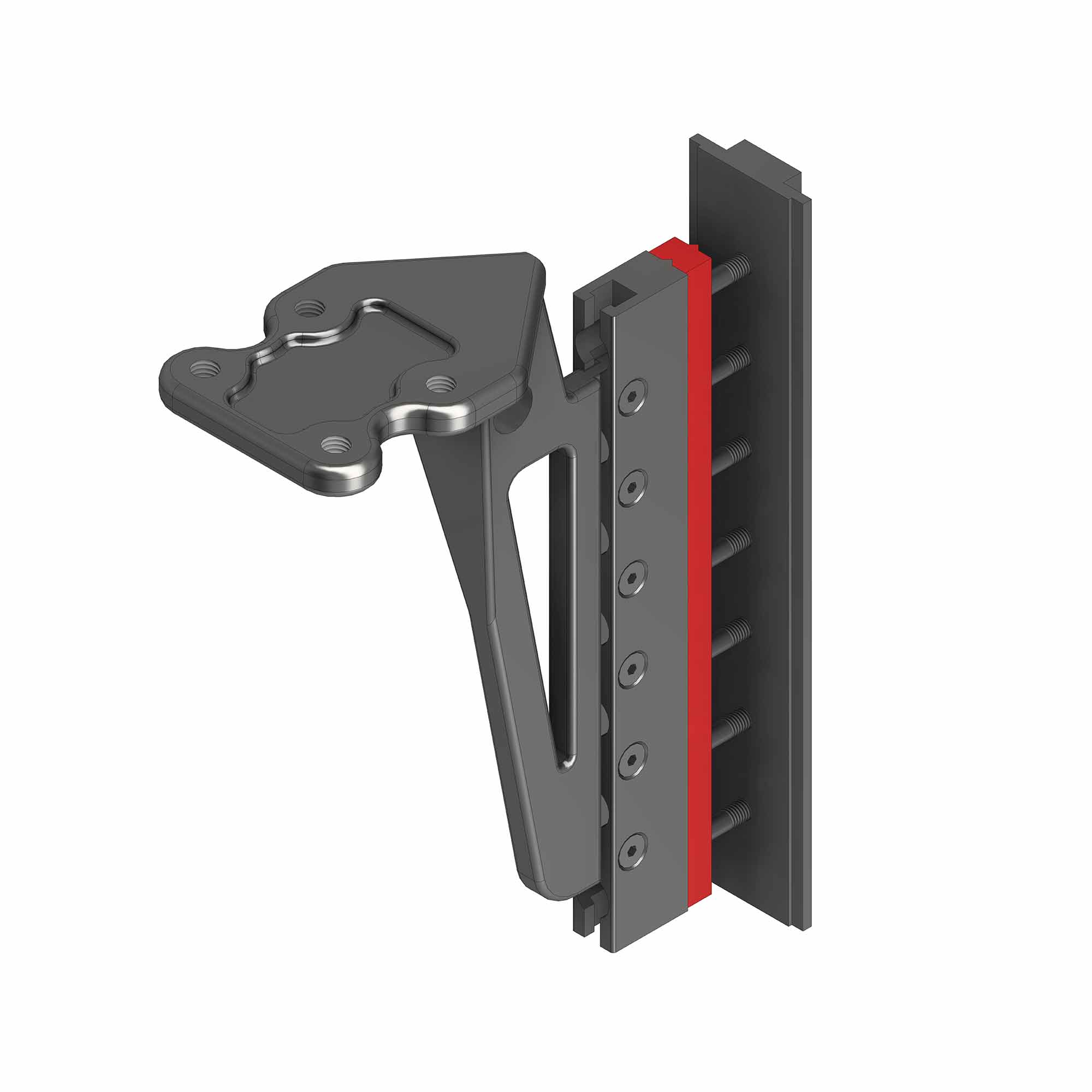
Architectural Facades Benefits
Achieve the perfect blend of form and function with our advanced architectural facade solutions designed to not only elevate the look of any facade but also offer a broad range of extra benefits:
Lighting
Maximizing passage of natural daylight into the building
Heat
Minimizing internal heat gain caused by artificial lighting
Glare
Controlling glare
Energy
Minimizing building energy consumption and associated costs
FAQ’s
What material are the Triniti™ Brackets made of?
Triniti™ Brackets are made from Grade 316 stainless steel, known for its exceptional corrosion resistance and durability.
How do Triniti™ Brackets integrate with curtain wall systems?
The brackets are designed for seamless integration with curtain wall systems, using hidden fixings to provide a clean, sleek appearance.
What are the different design options available?
The Triniti™ Brackets come in three variants: Standard, Cruciform (for added structural support), and Swan Neck (for more complex architectural designs).
What are the thermal and acoustic benefits of the Triniti™ System?
The system provides superior thermal insulation, reducing heat loss, and excellent acoustic performance, minimizing external noise for improved building comfort.
How do the brackets help prevent condensation?
The Triniti™ System minimizes the risk of interstitial condensation, which helps prevent moisture buildup and protects the building’s structural integrity.
Are the Triniti™ Brackets suitable for harsh environments?
Yes, they are made from Grade 316 stainless steel, which offers high corrosion resistance, making them suitable for harsh or coastal environments.
What projects are best suited for the Cruciform Triniti™ Bracket?
The Cruciform design is ideal for projects requiring additional structural support without compromising the clean, concealed fastening aesthetics.
Can Triniti™ Brackets be used for complex architectural features?
Yes, the Swan Neck variant is specifically designed to accommodate more complex architectural features while still delivering high performance in thermal and acoustic insulation.
Recent Projects
/
